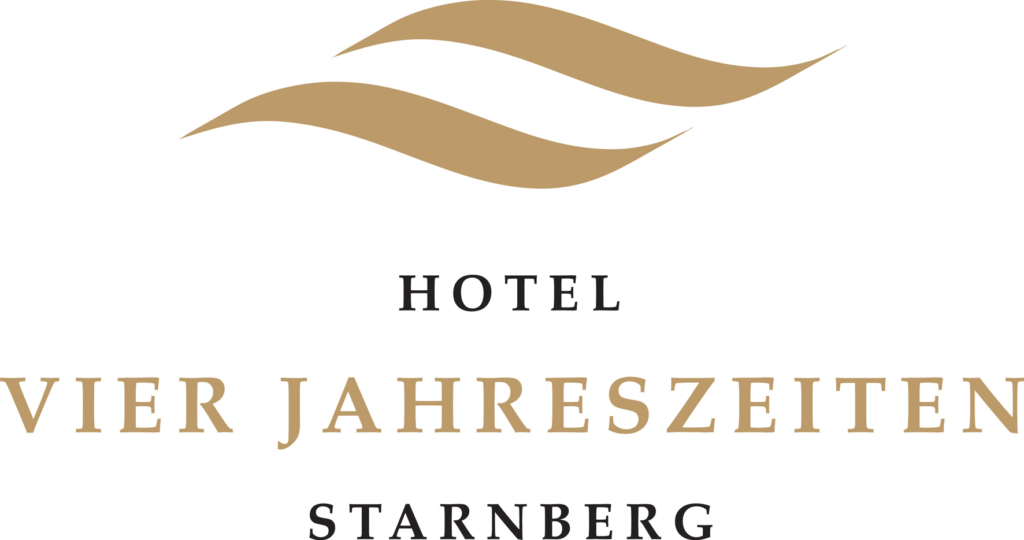You may be the smartest revenue managers with the expertise in revenue management and pricing strategies. You may have a sizeable stock of inventory to play with and you may have access to an umpteen number of online channels to reach your consumer. Nevertheless, certainly, this is not enough to ensure high RevPAR and ADR.
Despite having all checks and systems in place your hotel’s bottom line can suffer because of revenue leakages, which usually go unnoticed. Hence, we need to understand these hitches in detail.
What are revenue leakages?
Revenue leakages occur when certain actions lead to loss of revenue, eventually leading to a decline in your planned revenue. To explain it in simple language assume you fix the price of your rooms and estimating your revenue based on it, but if one or more of your distribution channels sell it at a lower price, you face Rate Disparity accompanied by Revenue Leakages. With the increased popularity of online booking channels, the complexities of distributing your inventory have also increased. Hence, offer more chances of revenue leakages. Industries with perishable product and services like travel and hospitality frequently face this challenge.
Following are some common grounds of revenue leakages:
- Deliberate attempts of price discrepancy like undercutting
- Errors in your revenue management software
- Leakages due to lack of communication between departments
While you cannot eradicate all of them, you must focus on the major ones because controlling them will substantially lift your bottom line.
OTAs —Friend or Foe?
Hotels and Online Travel Agents are interdependent on each other. While hotels have always fancied getting rid of the high commissions they have to shell out for the online bookings OTAs get them, they do not want to miss the market penetration, reach and promotional paybacks OTAs provide them. No doubt, OTA popularity, and enormous customer reach remain unmatched to that of any big hotel’s online presence. However, OTAs often undercut hoteliers, making them a major contributor to hotel revenue leakages.
Let us look at some statistics from Triptease–
- On an average 25% of the times, OTAs undercut a direct hotel price
- Undercutting is costing hotel industry over $1Bn a year in direct bookings
- Direct booking price is on average $10.27 cheaper compared to all other platforms
Such a situation demands a need to check this practice, which is possible by knowing where disparity stems from.
Following are some common reasons for the OTAs causing rate disparity:
- Out of date rate code
- System error leading to failure in changing the specified rate/specific room type rate
- Currency conversion errors
- Still allocating rates for a category of room your hotel has already sold out
- Pushing out wholesale rates
- Using a LOS (Length of Stay) rates which are not supported by your CRS (Central Reservation System)
Although this may look like a huge list of reasons for leakages, it has a solution. Check Rate Parity.
What is Rate Parity?
An ideal situation when room rates on the hotel brand site all of its distribution channels are same you attain rate parity. If working well, it makes revenue management much easier, maintains price integrity and boosts revenue by avoiding leakages.
However, unlike in the pre-internet era, when hoteliers could easily engage in price discrimination without their customers having any clue about it, hotels now need to engage rate parity tools to ensure there is no parity breach. Only then, they can assure the learned and aware customers of today that no matter what is the booking medium they will get the same price. This way hotels will be able to save their brand integrity and revenue losses.
Increased practice of online distribution has shifted the pricing strategy of hotels in a new direction. There are no longer any individual markets that are priced according to the needs of the consumers in that market. Now, there are global customers wishing to book via the online medium at the lowest available price. Hence, arose the necessity for a consistent pricing across all the channels.
Stiff competition in the pricing has lead the hotel to thin their rates. Because of the internet, giving birth to the price transparency, it has lead hotels to compete solely on the price. There are primarily three reasons for the prices to be so dynamic. Foremost, travellers are more educated now, as the information is easily available to them.
How to ensure Rate Parity?
What all progressive hotels need today is a powerful rate parity strategy and a tool that helps them drive in more direct bookings, manage parity across regions and platforms, keep a check on campaigns, discounts, and promotions and control fare violations or revenue leakages.
The list below can help you manage this:
- Study where are you placed w.r.t rate parity
- The overall parity pulse
- Parity score and violation trends
- Geographic/hotel chain wise party distribution
- Check on Parity Breach Instances:
- At the enterprise level, identify critical price violations and create buzz for the same.
- At the hotel level, examine individual performances and contact the OTAs/Wholesalers who deviate from the published rates.
- Evaluate your channels:
- Identify key issues by booking window
- Identity performing online channels or wholesalers
- Top non-responding chains of yours (In case of an enterprise chain)
- Most common reasons for price violations
- Take action:
- Enhance your distribution strategy by putting more investment into channels that are performing well. Disregard any channels that you do not need and are causing discrepancies in maintaining parity.
- Award those departments and channels that perform well and stick to the guidelines.
- Penalize violators, to ensure that the deviations are not repeated.
- Use the best hotel technology tools, as lack of dependable data update, is also a major cause of rate and availability disparity.
Put Rate Parity at work for you
The idea behind keeping a check rate parity is to ensure that other distribution channels do not undercut your brand website; it puts restrictions on hotels also to drive in more potential revenue. Looking at the flip side, rate parity agreements can help you with more revenue generating opportunities:
- Offer special rates for a select group of guests: While still committed to their agreement with OTAs, hotels can offer discounted rates to close user group customers, Facebook and Twitter followers and increase direct bookings. Hotels can also use tricks like vouchers, etc. given online or via SMS to select few guests. However, for published online prices ensure they consistent across channels, by offering add-on services.
- Nurture long-term relations with existing customers: BE in touch with your frequent customers and offer them special deals to build their trust in your property for best rate guarantee and direct bookings. You can offer a discount on the next booking to customers coming to you through OTAs to encourage them to book directly from your website on their subsequent visits.
- Invest in a good website: Offer good online booking experience on your brand website. Enhance your brand website with a user-friendly experience and efficient booking engine. This will give you a boost in your direct bookings.
- Encourage guests to leave reviews: Do not hesitate to ask your guest for reviews. With one point increase in rating, you can charge close to 11% more for your rooms as per a Cornell University
For the hotels to be profitable, they need to have more profit yielding bookings. However, if the OTA commission keeps rising, it becomes difficult. Also with the current equation of OTAs taking the whole control of Metasearch and customers becoming more keen to find the cheapest rate until the last moment, changes to rate parity are required.
To conclude, hotels need to drive rate parity towards value differentiation than just price. With this article, we want to emphasize on the progress towards the Best Value Guarantee instead of Best Price Guarantee. Yet, a little attention on the key troublemakers can go a long way in warranting that, your hotel always stays ahead of the competition. Invest in a good Rate Parity Tool Now!
 Deutsch
Deutsch Português
Português Italiano
Italiano Espanol
Espanol čeština
čeština ไทย
ไทย Français
Français


